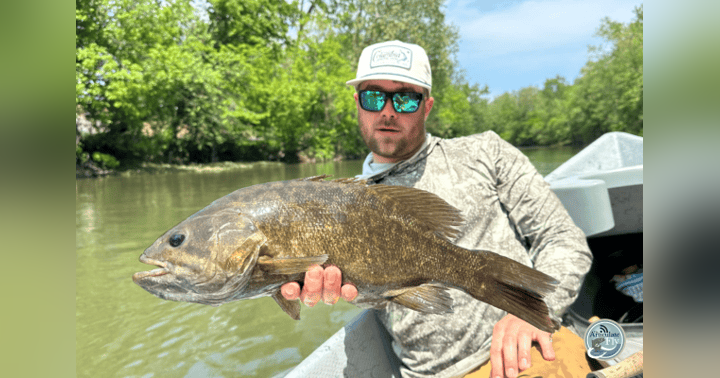HOW TO FLY FISH: MIDGES (PART II): FISHING THE DRY

As a midge hatch progresses, the pupae finally make their way to the water’s surface. To fish your pupa imitation in the film, simply grease the end of your leader with your favorite liquid or paste floatant. If you want to take the guesswork out of strike detection, you have a couple of options. You can use an extremely small strike indicator. I prefer a small tuft of wool or yarn to avoid spooking trout with the plop of strike putty or a small, hard indicator. Or, you can fish the pupa imitation as a dropper off of a dry fly. Don’t forget to grease the tippet in front of your pupa imitation!
As some point, you will want to shift from a pupa imitation to an emerger. These patterns are designed to imitate midges as they escape from their pupal shucks and sit partially in and out of the water. They are often tied with a high visibility post to help you keep track of them on the water. If not, or if you are still have a hard time picking out your fly, simply fish it behind a dry fly. The same is true of individual midge dries. They can be very difficult to pick out when the hatch is going full tilt. You can tip the odds in your favor by fishing your imitation behind a larger, dry fly. If you see a take where you think your smaller fly should be. Gently lift. Hooksets are free! Once hatched, midges often cluster on the water’s surface. The Griffith’s Gnat is my go to pattern to imitate midge clusters, and it is easier to see!
At The Articulate Fly, we love questions! Please post a comment or send us your question.
Follow us on Facebook, Instagram, LinkedIn, Twitter or YouTube.




